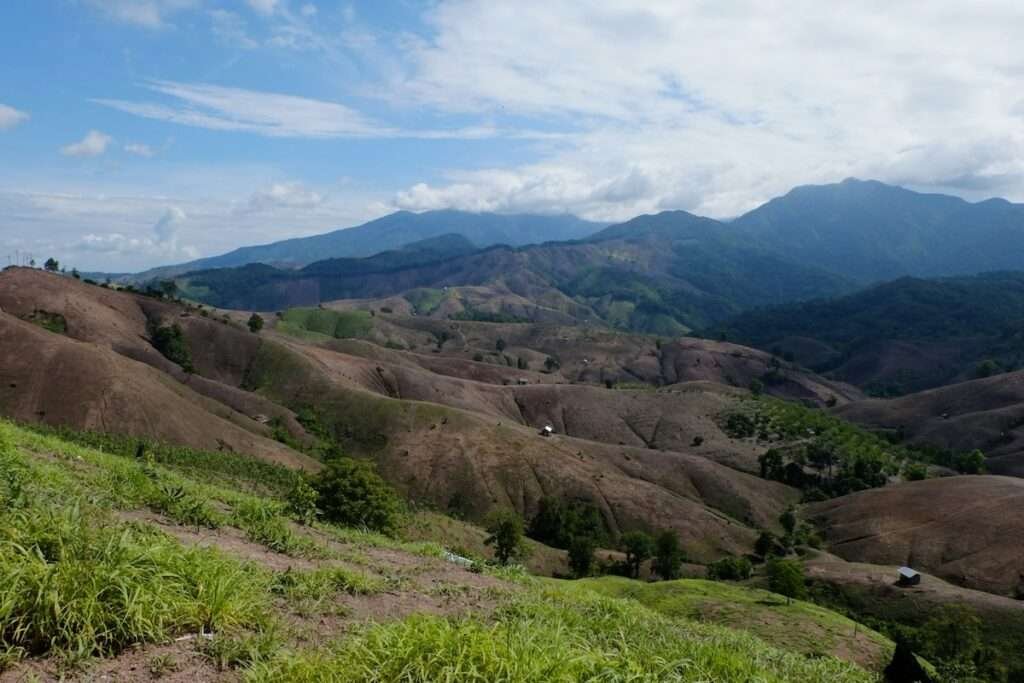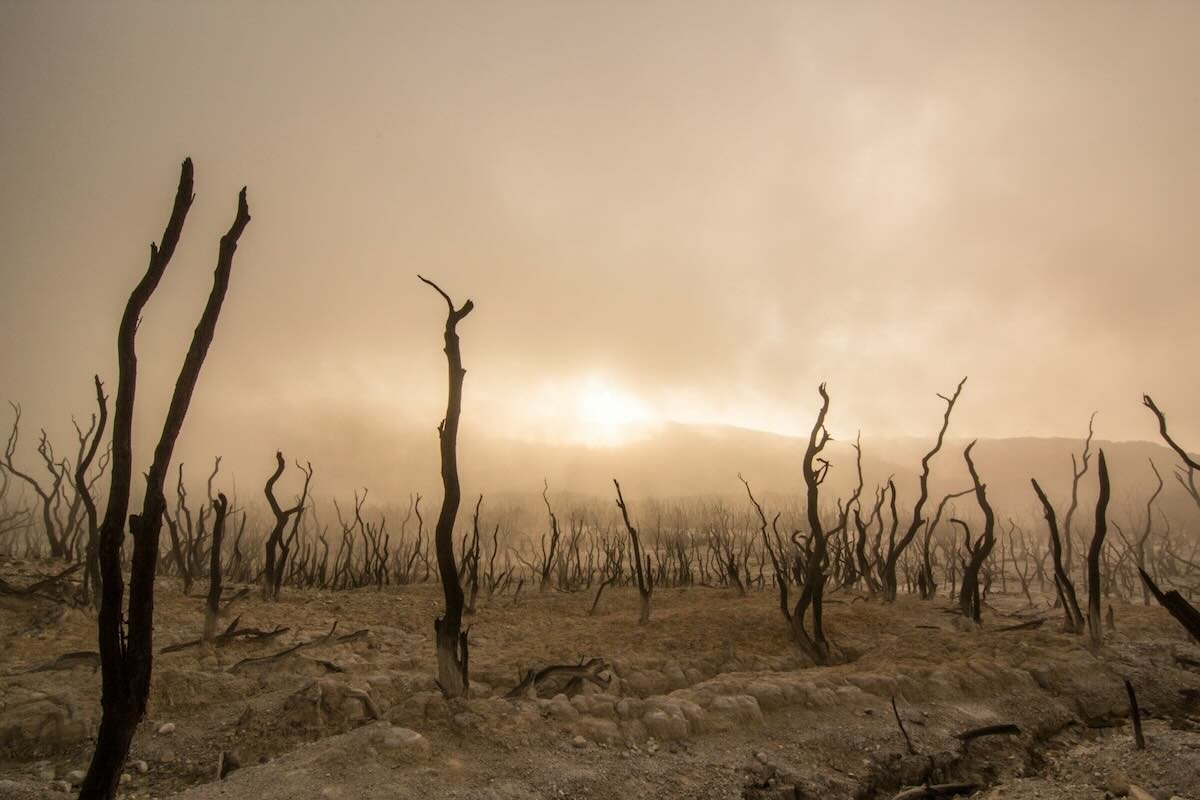Humanity’s steady march towards self-immolation via global warming has a new problem haunting it: “ghost roads.” These shadowy paths push deep into Earth’s rainforests, many of which are untouched by people, and are wreaking havoc on the tree populations of the Asia-Pacific region.
In a study published last month in Nature, researchers unveiled the extensive and devastating impact of ghost roads on the tropical forests of the Asia-Pacific region. These clandestine roads, often constructed illegally or informally, are not recorded in official datasets, yet they are driving significant deforestation and environmental degradation.
According to researchers, ghost roads are defined as roads that do not appear in the two leading global road datasets: the Global Roads Inventory Project (GRIP) and OpenStreetMap (OSM). These roads include informally or illicitly constructed tracks, bulldozed paths in logged forests, and roads in plantations, particularly palm oil plantations.
Led by a team from the Centre for Tropical Environmental and Sustainability Science at James Cook University, the study identified approximately 1.37 million kilometers of such roads across Borneo, Sumatra, and New Guinea, which is 3.0 to 6.6 times more than what is recorded in existing global datasets.
“What’s so bad about a road? A road means access,” wrote study author Professor William Laurance in a recent article. “Illegal loggers, miners, poachers and landgrabbers arrive once roads are bulldozed into rainforests.”
According to the study, road density emerged as the strongest predictor of deforestation. The relationship between road density and forest loss is nonlinear, with deforestation peaking soon after roads penetrate a landscape and then declining as road density increases and accessible forests disappear.
“When ghost roads appear, local deforestation soars – usually immediately after the roads are built,” Laurence explained. “We found the density of roads was by far the most important predictor of forest loss, outstripping 38 other variables. No matter how one assesses them, roads are forest killers.
This pattern, the research team says, indicates that roads are a primary driver of deforestation rather than a consequence of it.


The researchers conducted a temporal analysis using annual Landsat imagery from 1985 to 2020, which revealed that road building almost always preceded local forest loss. In 92.2% of the cases, deforestation occurred after or concurrently with the construction of nearby roads, while only 5.1% of the deforestation preceded road construction.
Roughly 200 trained volunteers and the study authors performed the analysis over a combined 7,000 hours. Laurence guesses that about 640,000 hours would be needed to map all of the roads on Earth.
Apart from mapping these ghost roads, the study included other variables that led to deforestation such as rainfall, distance to the nearest city, topographic slope, and soil characteristics. While all these factors do play a role in the death of forests, the study authors concluded that roads played the pivotal role.
“Illicit roads cause destruction worldwide, from carbon emissions from the burning of Amazonian forests for cattle pasture to road building and forest destruction in central Africa, to poaching of rare animals…” Laurence explained.
The study’s authors note that their findings have significant implications for conservation strategies and policy-making. The researchers call for better road planning and law enforcement to prevent unregulated road construction, which is a major driver of deforestation. They also emphasize the need for improved road data to ensure accurate conservation metrics and effective spatial planning.
However, this won’t be easy. Drug traffickers and criminal organizations, large corporations, and even larger nation-states are major players in the ghost road issue, caring little for regulation and even less for the environmental damage they are causing.
“Ghost roads, it seems, are an epidemic,” Laurence says. “Worse, these roads can be actively encouraged by aggressive infrastructure expansion schemes — most notably China’s Belt and Road Initiative, now active in more than 150 nations.” A copy of the study can be downloaded here.
MJ Banias covers space, security, and technology with The Debrief. You can email him at mj@thedebrief.org or follow him on Twitter @mjbanias.

